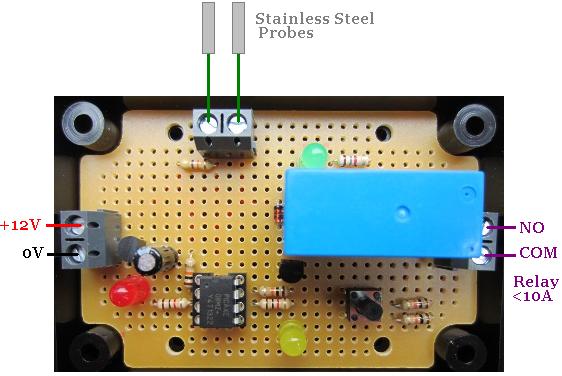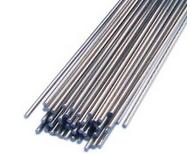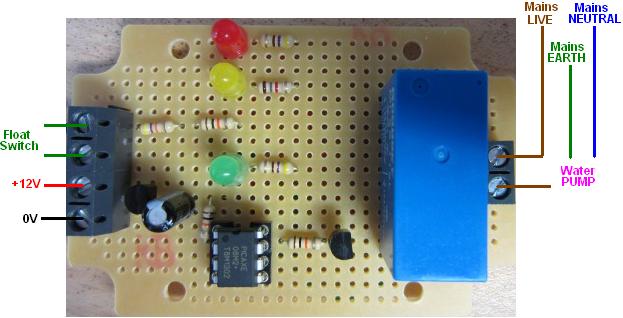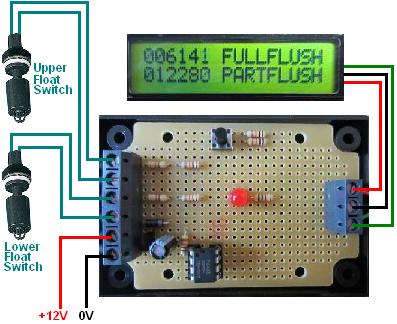Pictured below is a controller we recently made to automate watering of plants depending on the moisture level of the soil in which they are growing.
This device measures the resistance between two stainless steel probes made from 1.6mm arc welding rods (pictured below) to which leads have been soldered, and inserted into the soil a few centimetres apart. When the soil is measured to be ‘dry’, a pump is turned on which waters the soil. When the soil is subsequently measured to be ‘wet’, the pump is turned off, but only if it has already run for a user programmable number of minutes first.
To provide default wet and dry thresholds, the resistance between the probes was measured at what the user considered to be the dry and the wet threshold. These values were 36.5 kOhms or lower for wet, and 229 kOhms or higher for dry (with the probes inserted 7cm into the soil, 6cm apart). Therefore we programmed the controller to turn on the pump after 5 continuous seconds of resistance measured to be below 36.5 kOhms, and turn off after 5 continuous second of resistance measured to be above 229 kOhms.
Since different growing mediums may be used in the future, we also made this controller so that the user can calibrate the wet and dry thresholds themselves or revert to the default values. Calibration is achieved simply by putting the probes into soil which the user considers to be at the wet or dry threshold, and pressing a button to save the measured resistance value in memory as the new threshold.
If you need an irrigation controller similar to this, please email neil@reuk.co.uk with details of your exact requirements.



